Aging is an interesting journey of trials, tribulations,andjubilationsthat bring with them growth and wisdom, along with wrinkles. What if you could age as you wish, and enjoy the sageness that comes with growing older, without all of fine lines and saggy skin? The secret here is to start when you’re young. But don’t worry, if you are starting later in life there’s still hope.
What skin changes happen as we age?
Understanding what's happening during the aging process gives you the knowledge you need to prevent and reverse the signs of aging.
-
The epidermis - This outermost layer of the skin thickens as natural cell turnover (or exfoliation)slows. In children, this process happens every 10-20 days; however, by the time you are in your 60s+, this process can be as slow as every 100 days. The top layer of the epidermis is made up of dead skin cells. When this layer is thickened by dead cell build-up you experience clogged pores, dry skin, and dull appearance.
-
The dermis - The dermis rests just below the epidermis and contains an intricate vascular network (blood vessels), various glands, nerves, hair follicles, and connective tissues such as collagen and elastin. As we age this layer becomes structurally disorganized due to less collagen and elastin production. Think of it like a worn-out elastic waistband, and thus the skin becomes more fragile, wrinkled and saggy.
-
Excess UV exposure causes an increase in melanocyte activity leading to more hyperpigmentation or brown spots, also known as age spots. Chronic redness and an increase in the breakdown of collagen also come from excessive UV damage.
- Loss of fat pads - A decrease in subcutaneous and deeper fat pads in the face cause the sinking and sagging of facial skin, which leads to sagging jowls and tired looking eyes.
The 20’s
Aging skin starts in your teenage years but starts to become noticeable in your 20’s, mostly with fine lines. In my practice, I find that most 20 somethings are not overly concerned with their skin health unless they are facing a significant condition like cystic acne. However, this should be the decade where anti-aging rituals are set. Instead of piling on makeup to cover imperfections, the 20’s are the best time to start correcting, protecting, and preventing them.
The best things you can do for your skin in this decade is stop tanning and start using UVA and UVB sun protection, as well as antioxidants to protect your skin from premature aging. Look for ingredients like zinc oxide or titanium dioxide in your SPF. Great antioxidants for skin protection and anti-aging are topical vitamin C, vitamin A, vitamin B3, and essential oils. All of the Mikel Kristi Skincare products contain potent antioxidants, but our Vital C Repair Serum and C Radiance Moisturizerare a great place to start.
The 30’s
When 30 comes around, fine lines, large pores, and blotchy skin discolorations are more noticeable, usually from a lack of care earlier in life. For me, it was not for a lack of trying, it was a lack of education and misleading information by big beauty marketing. I thought I was doing great things for my skin in my 20’s by using multiple over-the-counter moisturizers and SPF. But I was so wrong! When I turned 30, all those years of sun damage and subpar skincare showed up on my face in the form of thinning skin, fine lines, and way too many brown blotchy spots… ugh. But, I really do have to thank life for this lesson because that is what lead me on the path to become an expert in medical aesthetics and skin care.
The 40’s, 50’s, and beyond
The skin changes that show up in your 30’s are the same changes that you will see, in increasing visibility, in your 40’s, 50’s, and every decade after. Unless you take action, these changes get progressively worse each year with the deepening of the wrinkles, dull looking skin, dryness, increasing redness, and sagginess. This is the point where Retinaldehyde vitamin A, Niacinamide, vitamin B3, and peptides come to the rescue.
The goals:
- Firm the skin with collagen stimulation
- Brighten the skin with cellular turnover
- Even out skin tone
- Protect from environmental damage
Skin care at any age has these same basic needs and does not need to be complicated. Take a look at our Vital A Rejuvenating Serum and our Bio Peptide Revitalizing Serum for great powerhouse ingredients that will help you achieve these goals.
If you are starting your skin revitalization journey later in life, you may need more aggressive treatments to achieve your goals faster. I recommend seeing a medical aesthetic practitioner, with many years of experience, to guide you through your treatment options. If you would like to explore the services offered at my medical aesthetics practice you can learn more atwww.myskinappeal.com
Remember, your daily skin care routine is the most important part of having healthy, beautiful skin. It will also enhance and maintain the results of any treatment you choose. Start caring for your skin when you’re young, with professionally developed skincare and the right ingredients, and enjoy your ageless skin.
Wishing You the Wisdom of Age with Youthful, Healthy Skin!


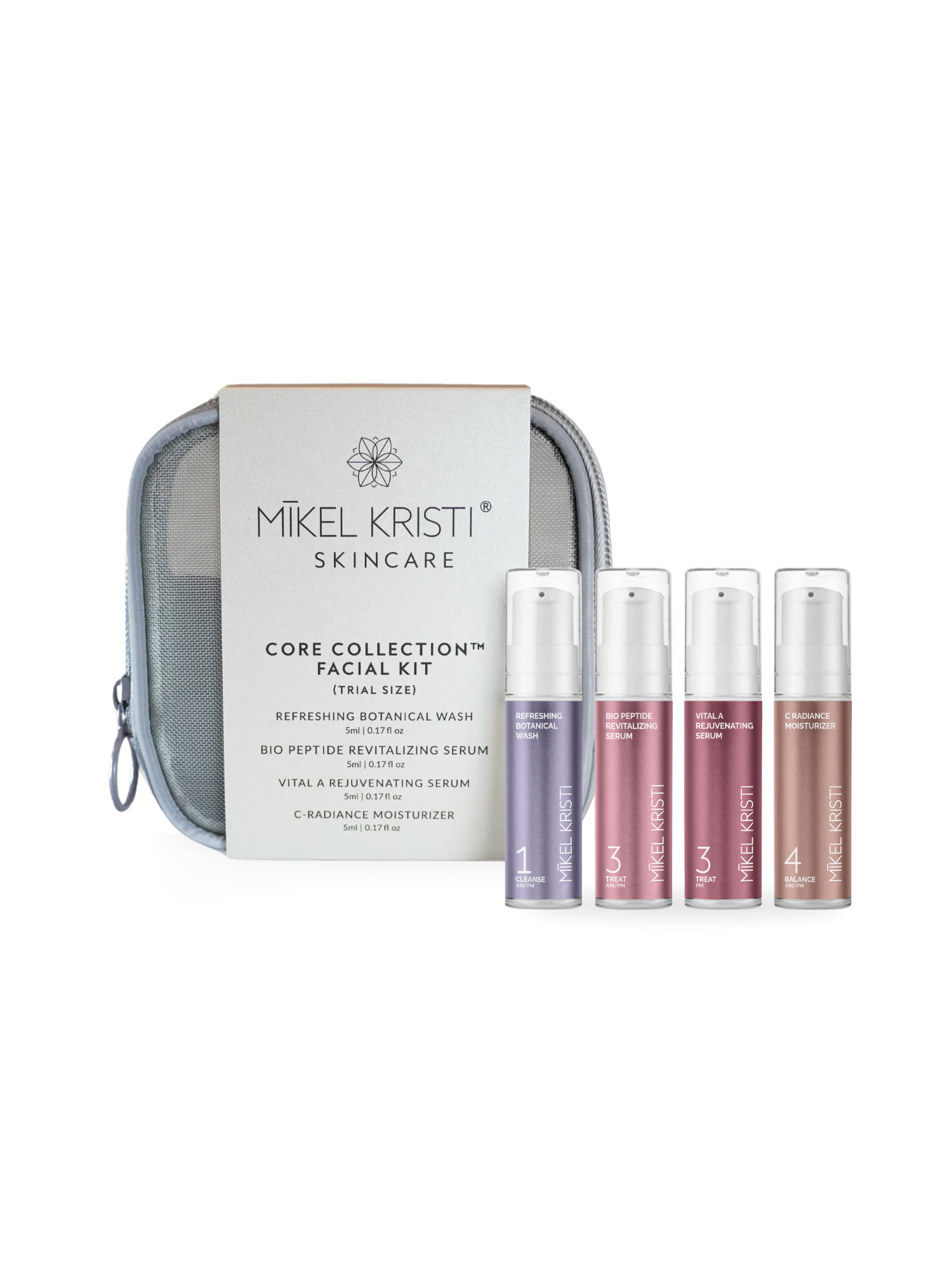
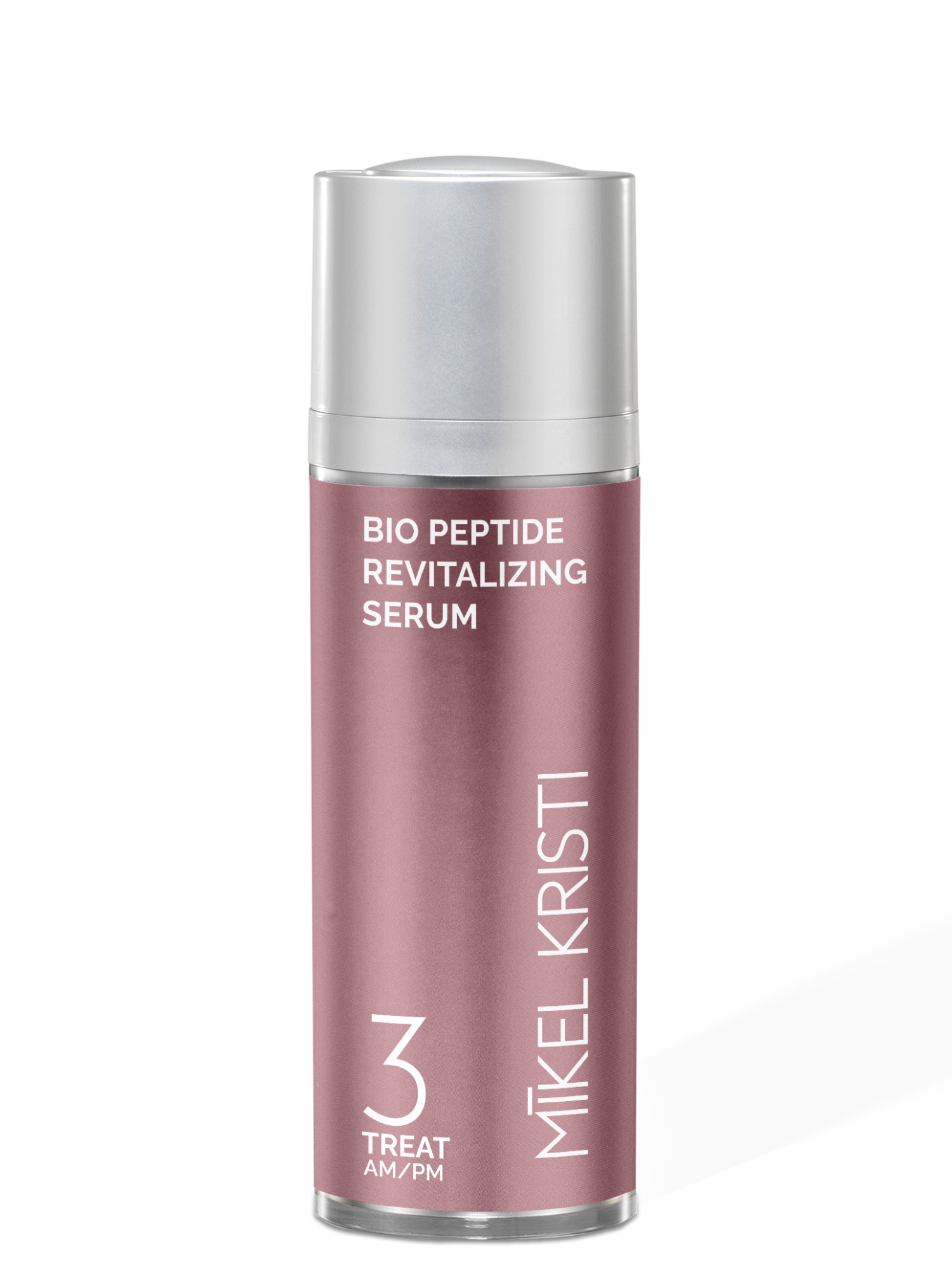
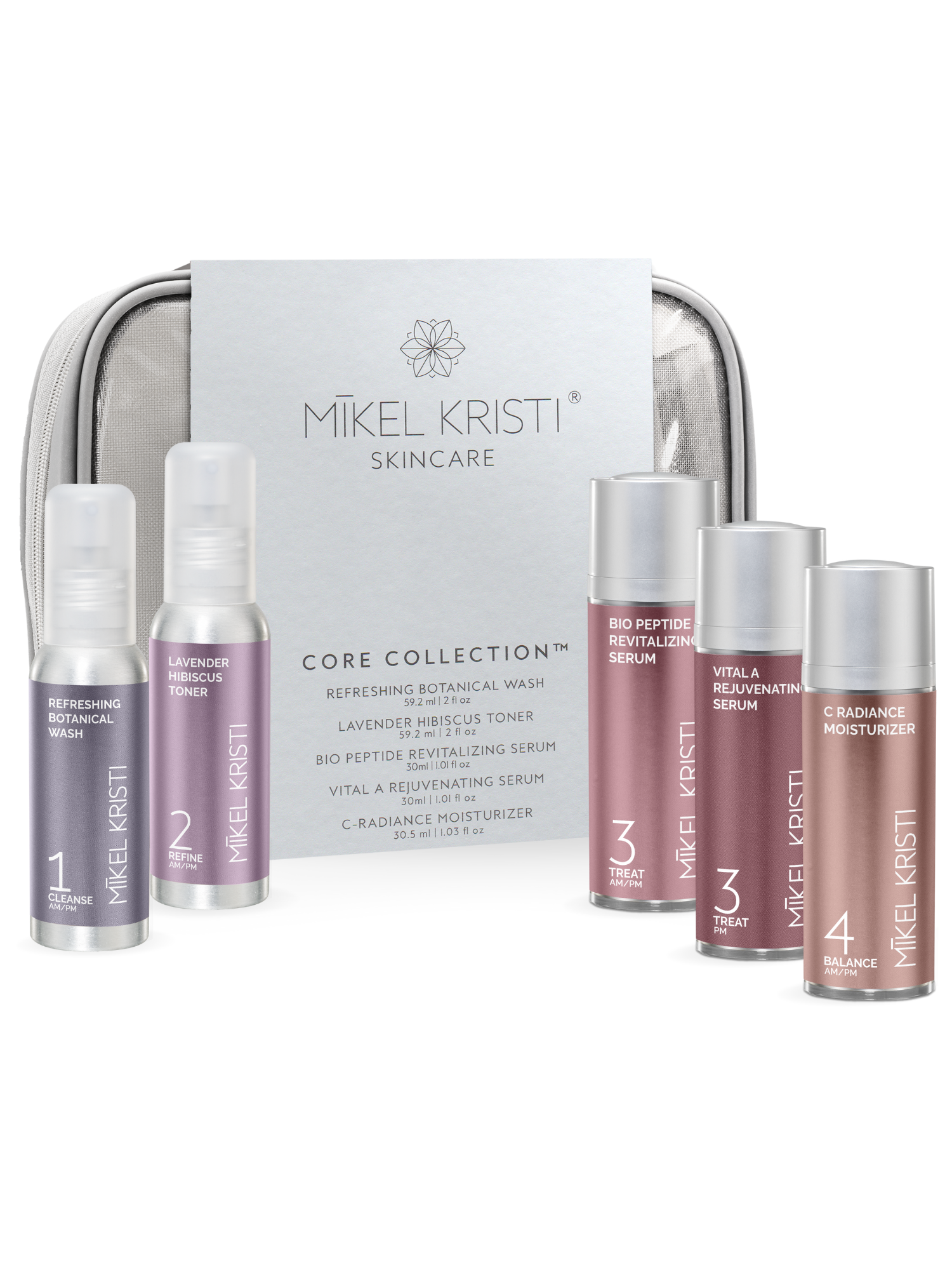
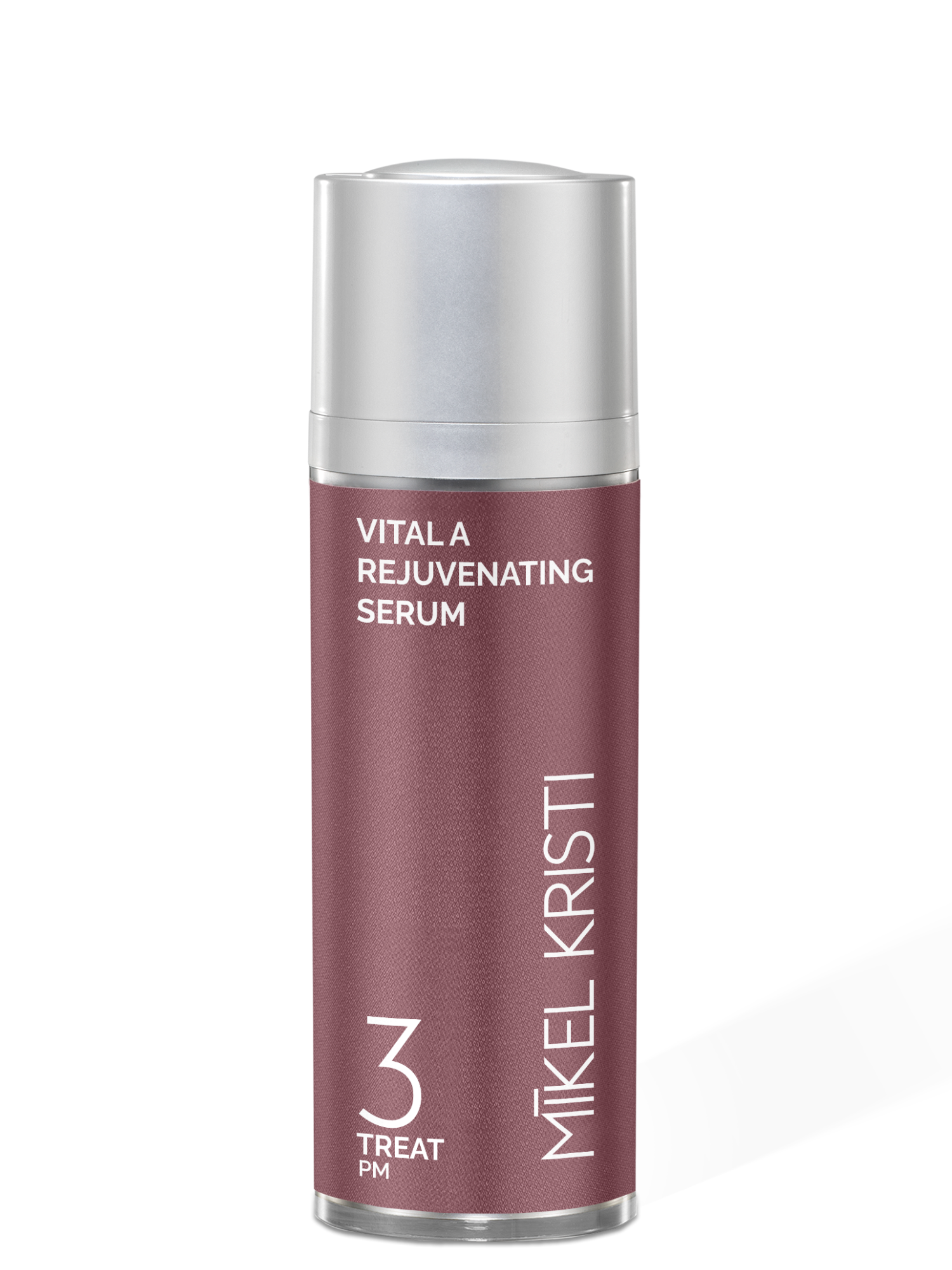
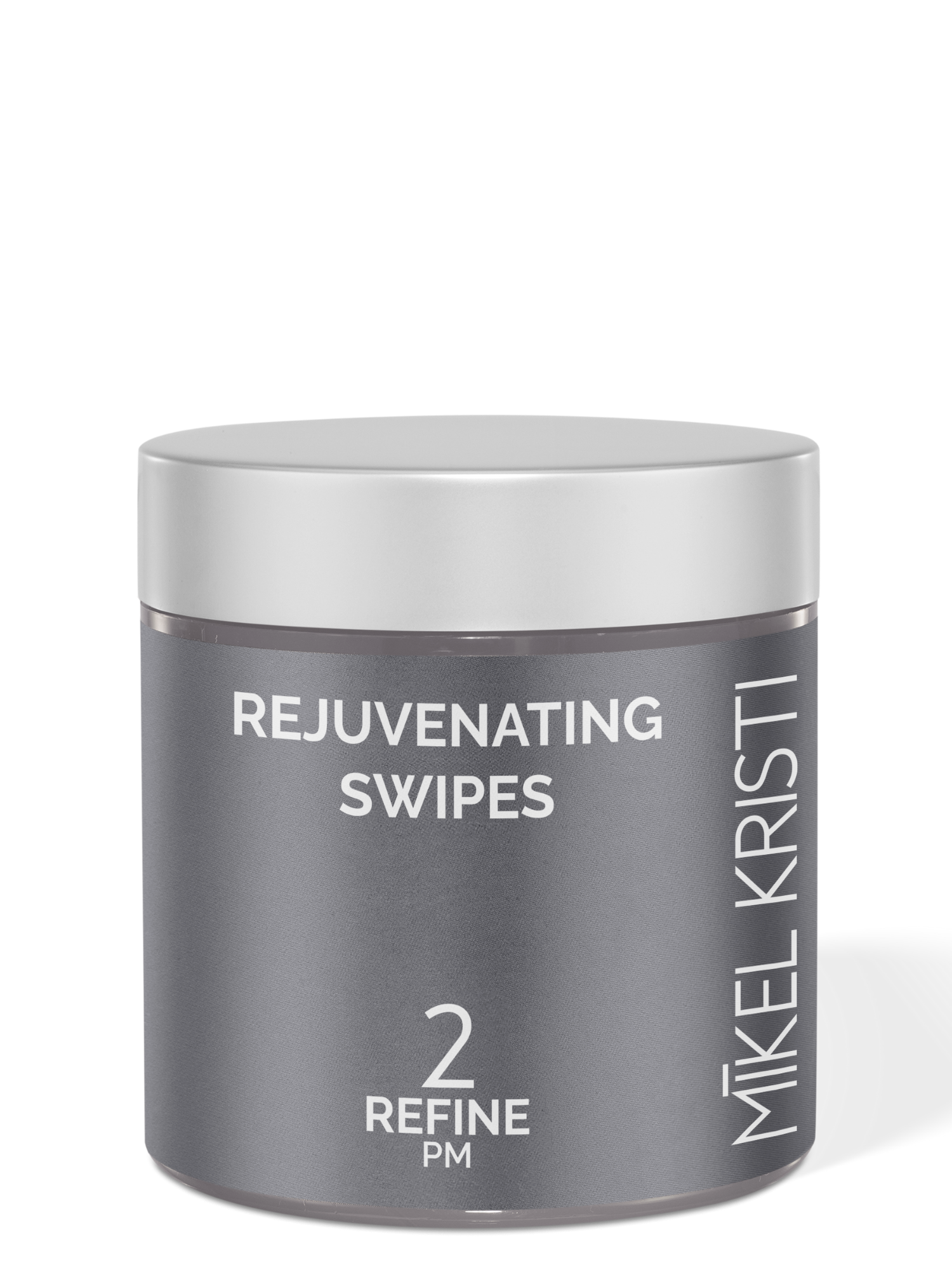
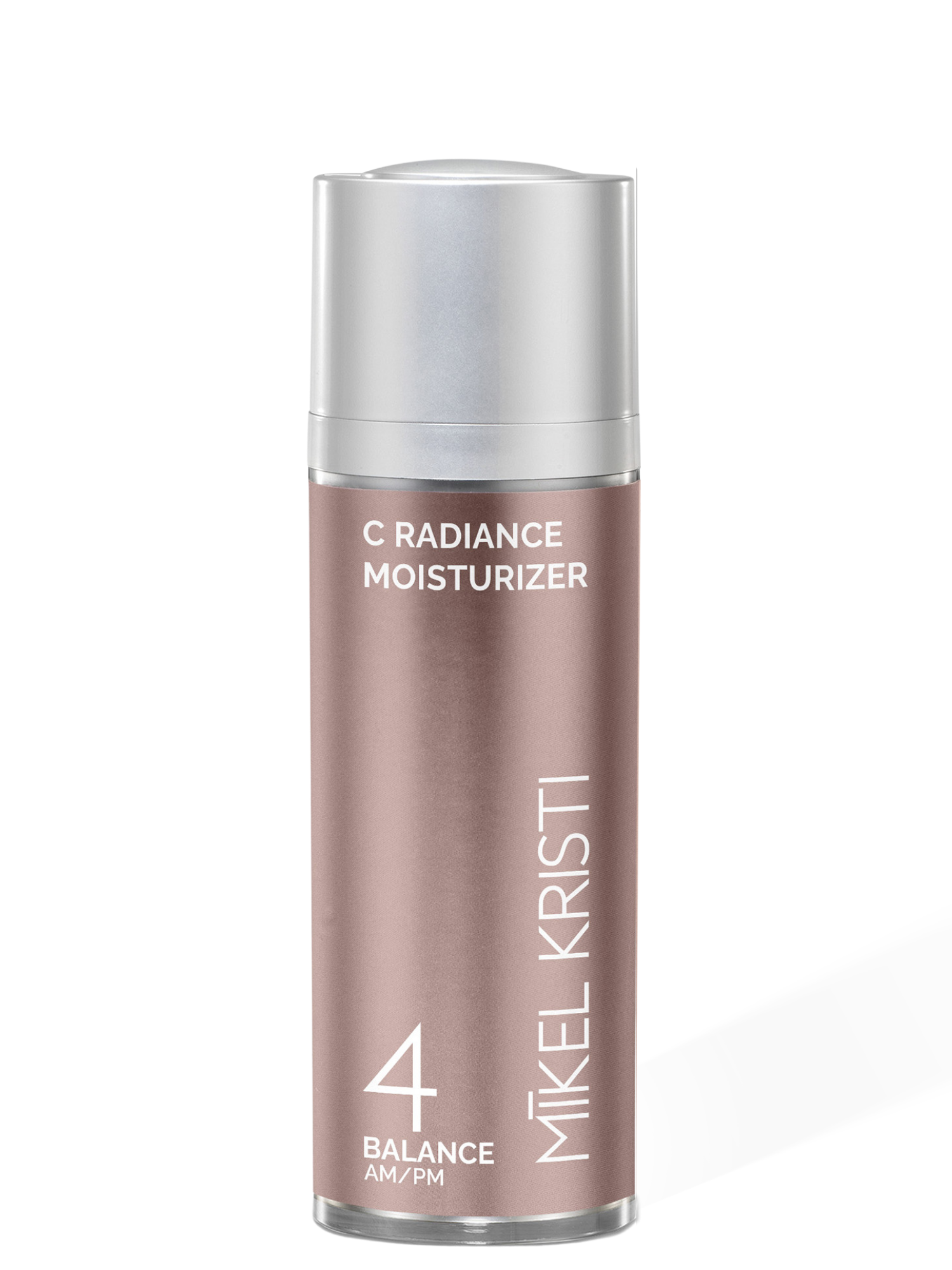
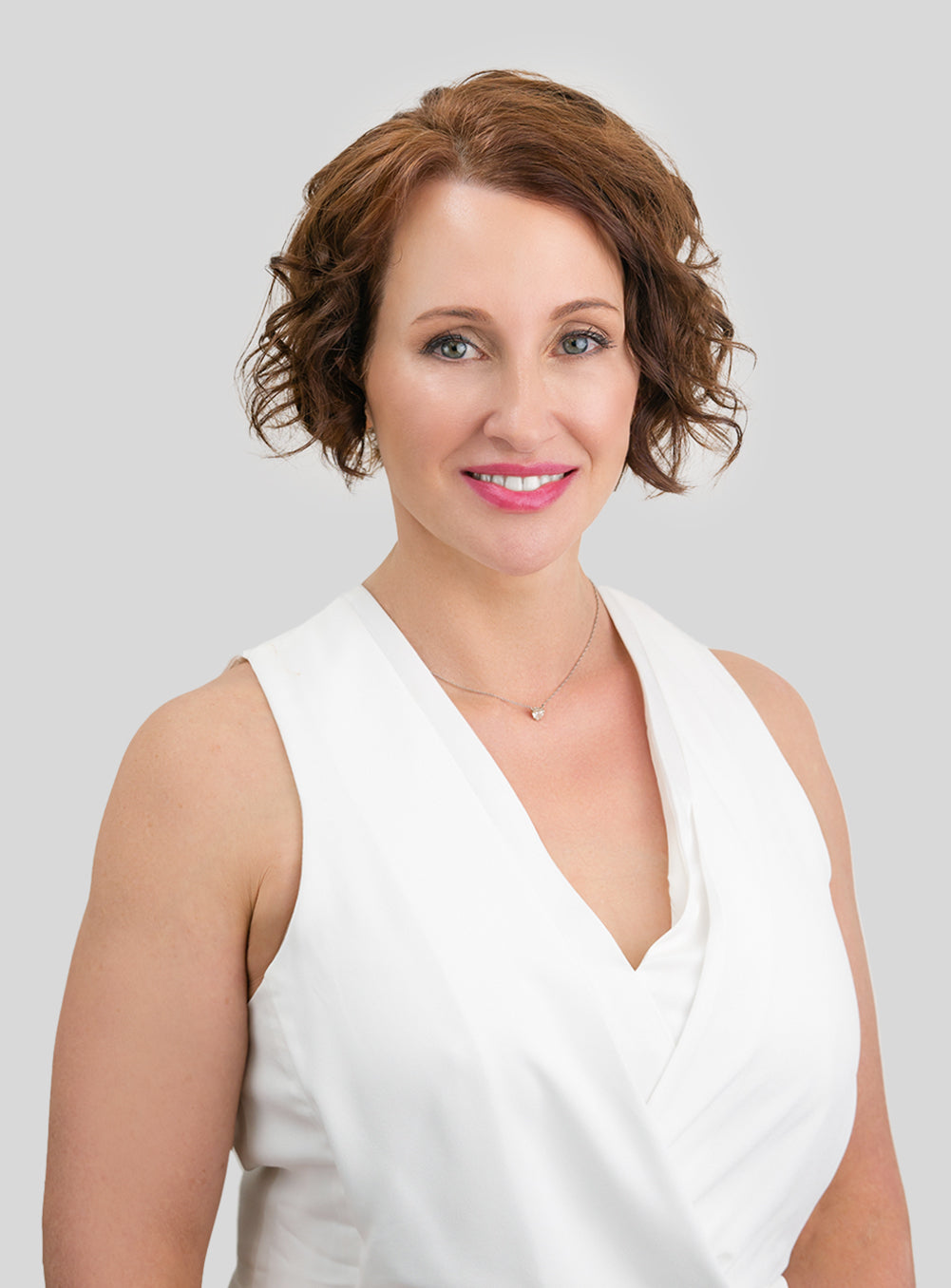

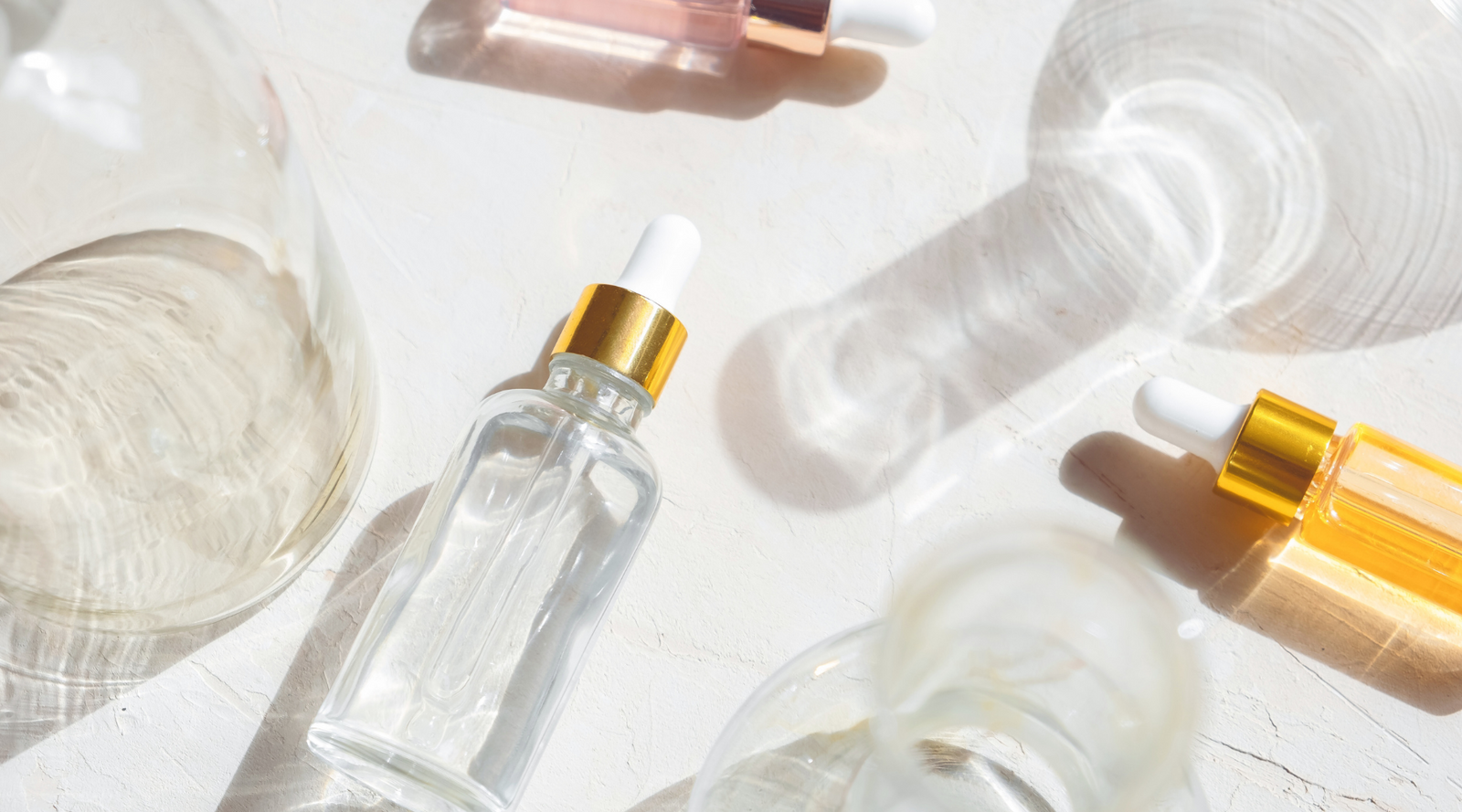

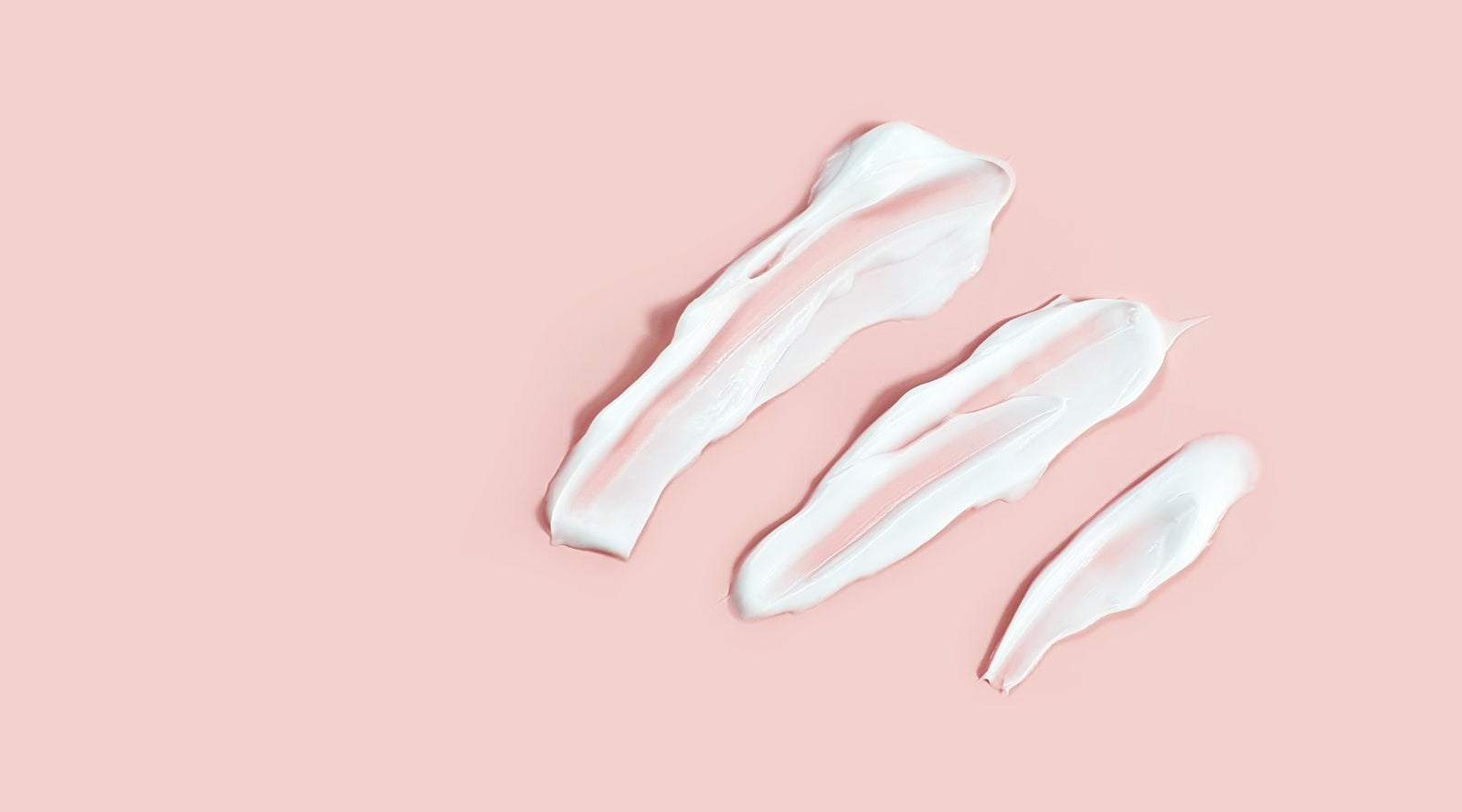

Leave a comment (all fields required)